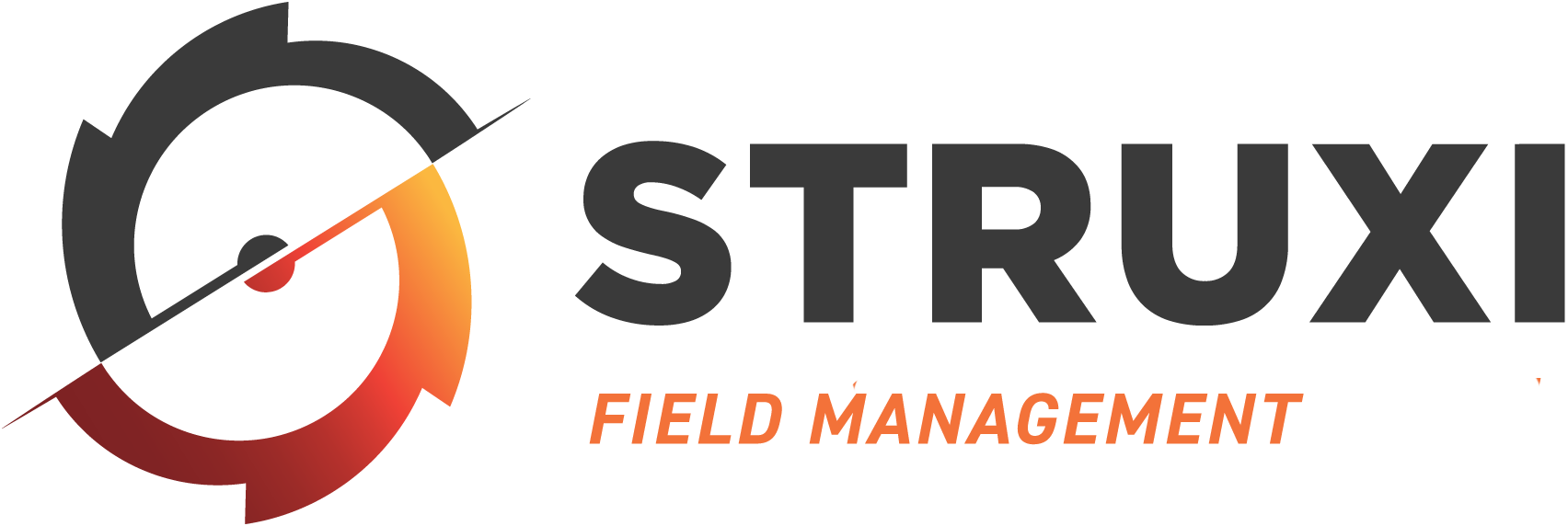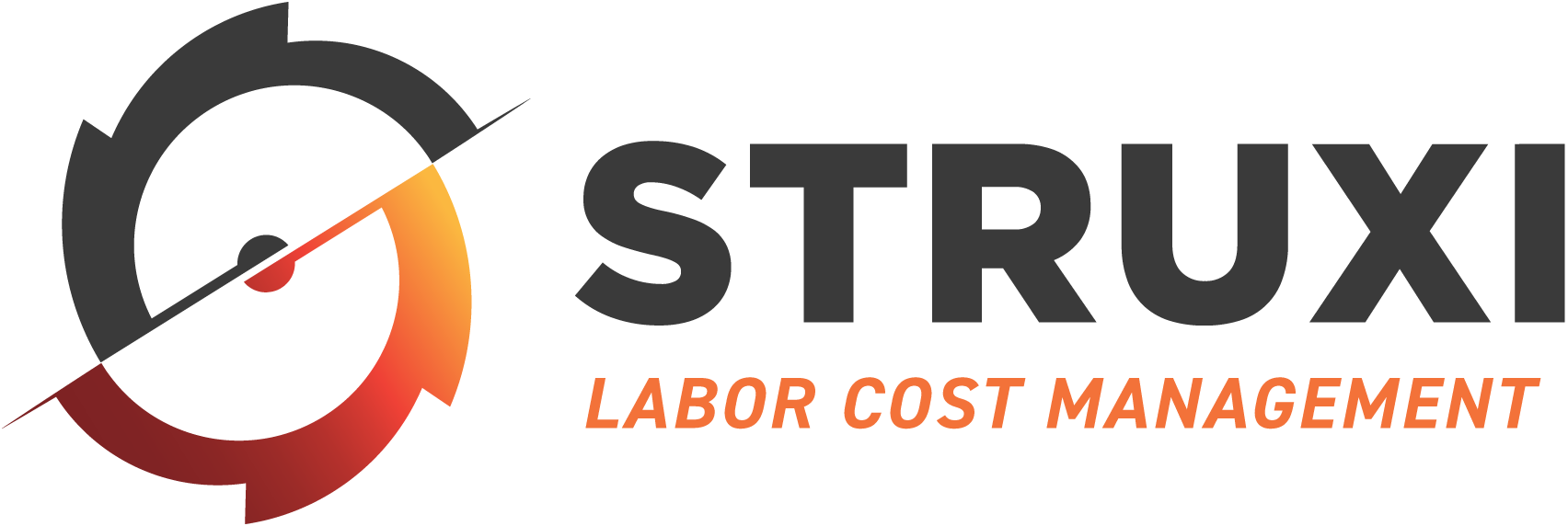SAVE BIG ON CONSTRUCTION-LABOR COSTS!
Up to 7% savings using STRUXI
STRUXI SOFTWARE FOR HARD WORK
STRUXI is software for hard work, made to enhance the construction industry as we know it. The STRUXI Field Management and STRUXI Labor Cost Management products both provide insight into the largest risk and cost for self-performing contractors: labor.
With over 55 years of expertise in construction software, we are industry leaders renowned for developing solutions that effectively tackle the most significant challenges in the construction field. Witness the transformative power of our products in revolutionizing labor management within the construction industry.
“The SIC Payroll team always listens, is smart about their development strategy, takes customer feedback seriously, and is incredibly responsive. It’s been a phenomenal relationship… My whole point is, when it comes to construction payroll, it’s as complex as it gets and the team at STRUXI Labor Productivity Suite AKA Sage Intacct, Inc. CRE Payroll… they get it.”
“I am super impressed with the structure of your payroll system. It is well laid out and insanely flexible… I love how much you obsess with making this as usable as possible.”
“You all are fantastic – we sure appreciate the support. I honestly didn’t anticipate receiving such a high level of support from your team; many vendors leave us to find our own way.”
“You’ve been great – responsive, available, and the support we’ve received for our first customer has been outstanding! This is why we’re so eager to keep recommending you.”
“This is great – we can actually see how much an employee costs us each week!”
“The SIC Payroll team jumped in to assist and got things moving as quickly as possible, which I really appreciate… It’s a powerful program. The capabilities are endless.”
“It’s really phenomenal how quickly you turn around new features! The SIC Payroll team is proactive in ways that we have never seen from a technology partner.”
“The new check process is pretty slick! This is much easier than having to manually enter check information in Sage 100.”
Field Management empowers construction teams to efficiently track and manage their labor force, gaining valuable insights into their activities and overall team performance. Labor Cost Management enables you to delve into the granular details of labor expenses, providing a comprehensive understanding of the actual costs associated with your workforce on the job site.
By addressing labor pain points, both of our products work in unison to enhance productivity. Together, they offer heightened visibility into labor management, risk mitigation, and overall project execution, equipping construction companies with the essential data to make informed decisions that drive success.
By combining the power of Field Management and Labor Cost Management products, an unstoppable force emerges to revolutionize the world of construction labor.
See how the STRUXI products can transform labor management for your teams today!



